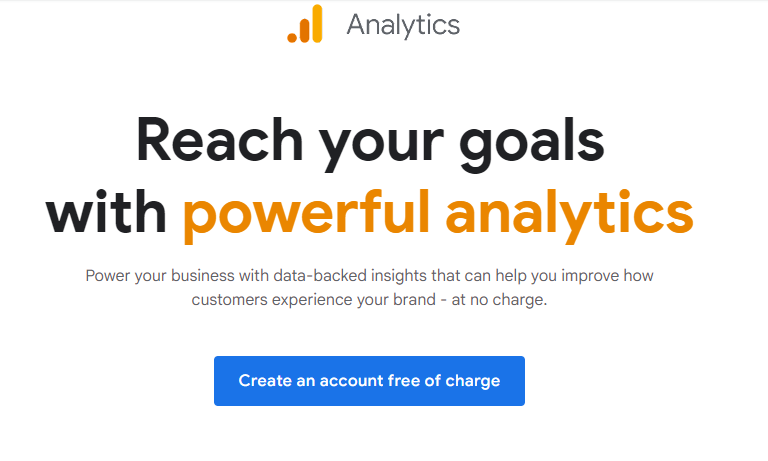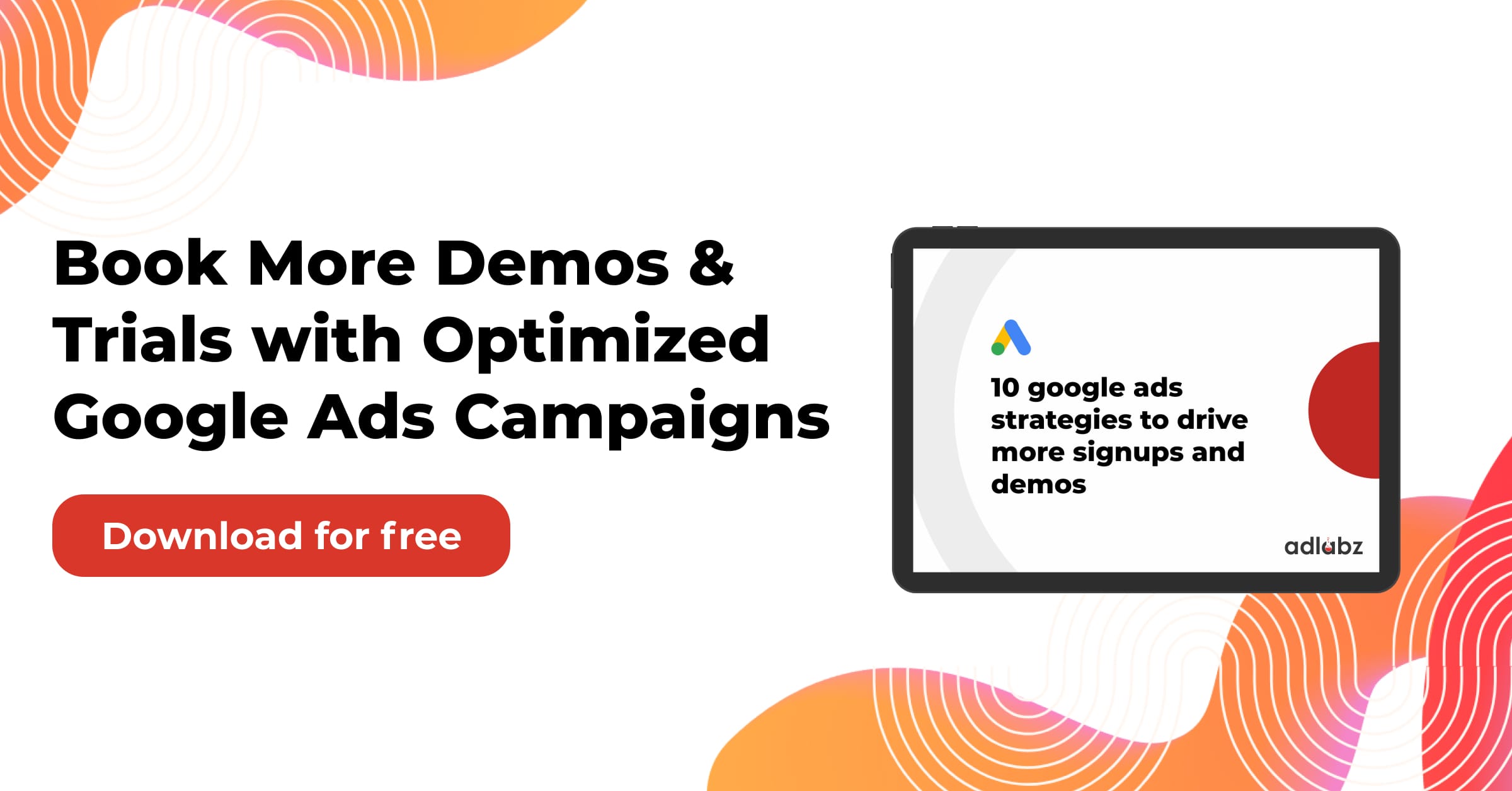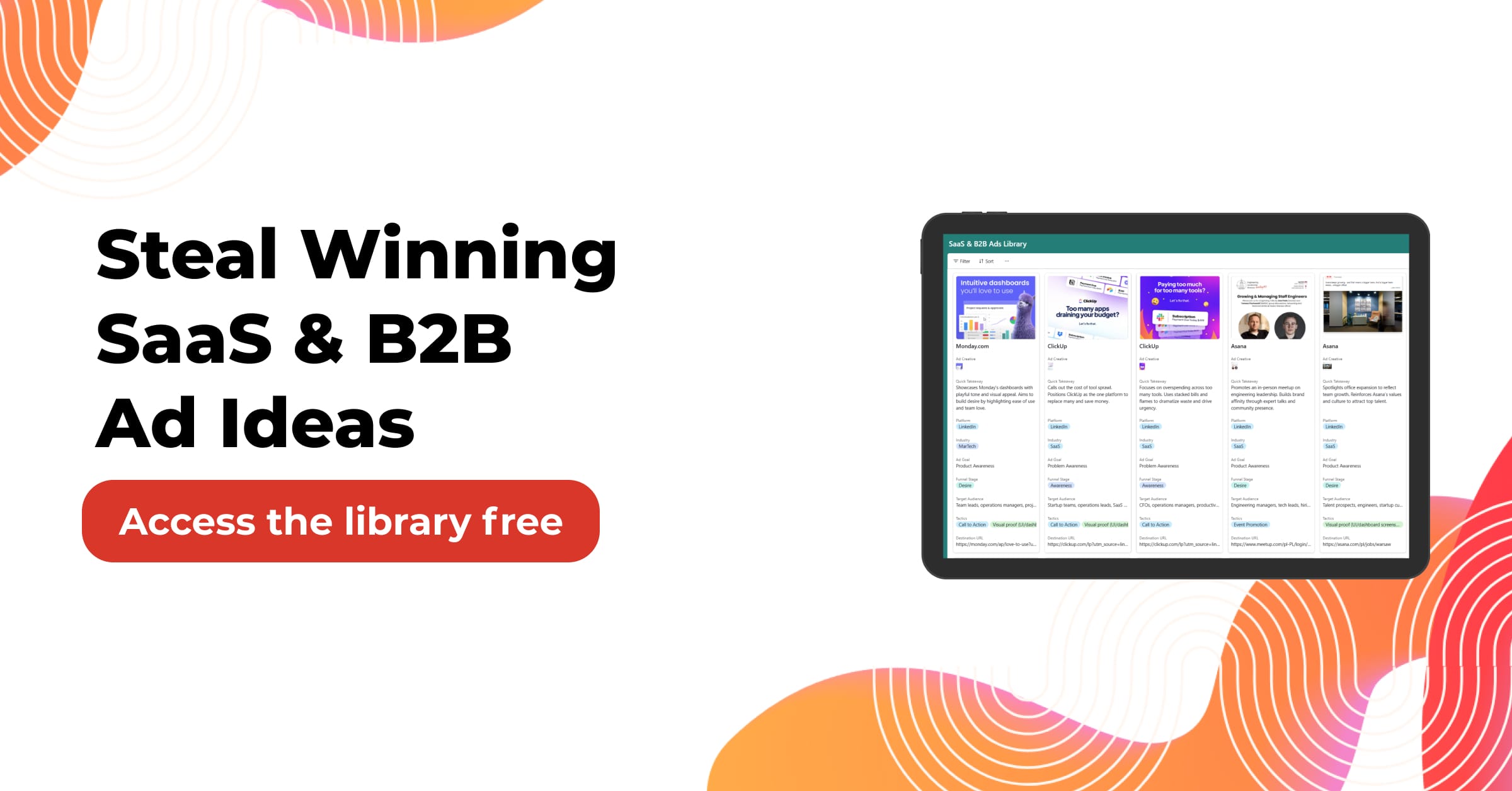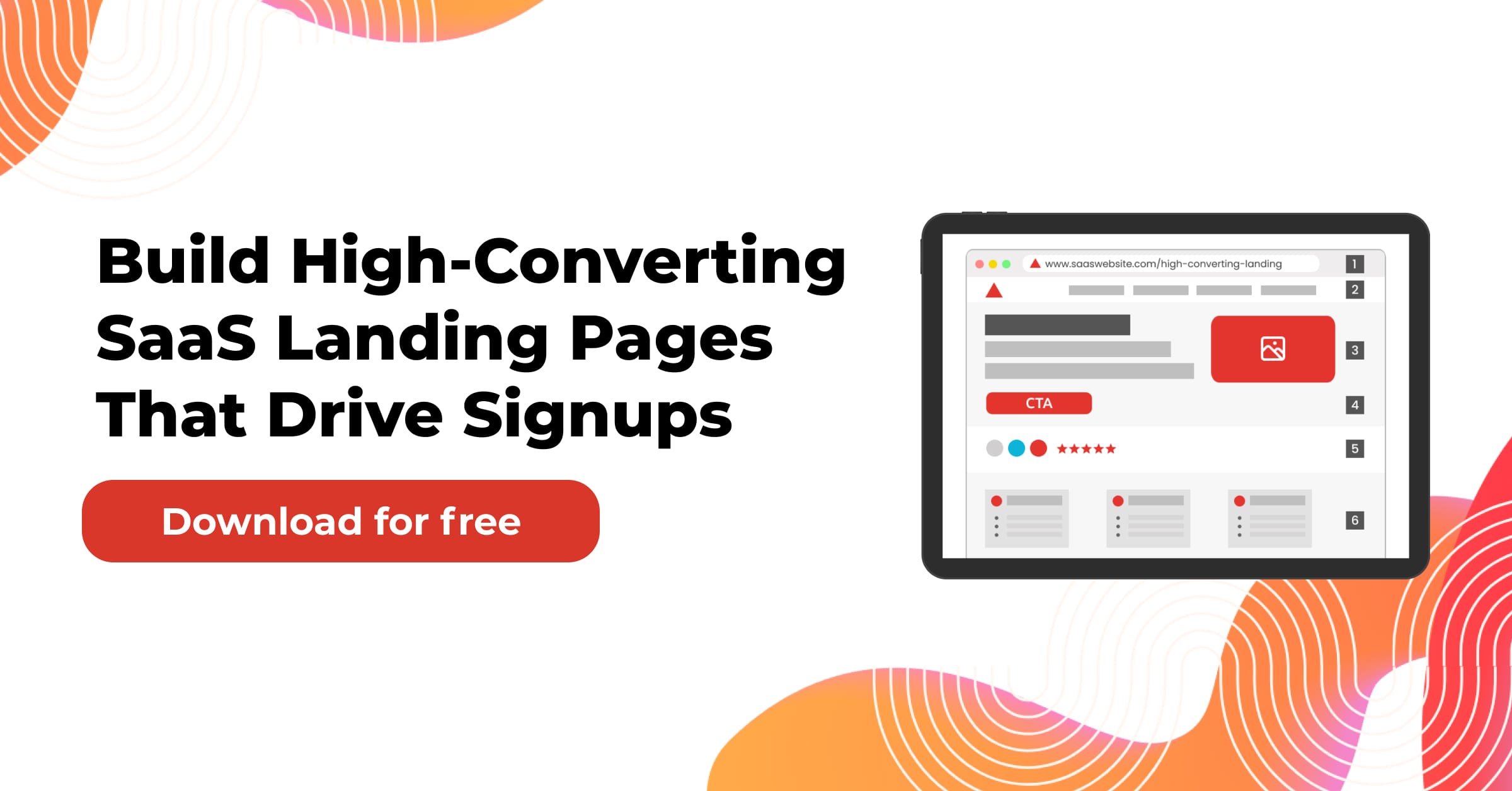Have you ever browsed for a pair of shoes online, only to be haunted by ads for those same shoes on every website you visit for the next week? That, my friend, is the magic of remarketing, also known as retargeting. It’s a powerful PPC (pay-per-click) advertising tool that allows you to reconnect with people who have interacted with your brand in some way.
You Might Also Enjoy: Exploring the Role of A/B Testing in Paid Advertising
For instance, you run a bakery with the most delicious croissants in town. A customer glances at your window display of flaky goodness but keeps walking. With remarketing, you can be that friendly salesperson who pops out and reminds them, “Hey there! Don’t those croissants look amazing? We even have a special discount for first-time customers!”
Skip To:
7 Mistakes to avoid in your remarketing campaigns
Thinking of Lookalike Audience as A Waste
Using Ads for Irrelevant Audience
But why exactly is remarketing such a game-changer?
According to industry reports, a whopping 75% of consumers notice retargeted ads. That’s a lot of eyeballs on your product or service!
People often need a little nudge to make a decision. Remarketing lets you gently remind them about what interests them and give them that extra push towards conversion. Studies show that retargeted customers are three times more likely to click on your ads than those who haven’t interacted with your brand before.

Remarketing lets you target your ads to highly specific audiences based on their past behavior. This means you’re showing your ads to people who already know your brand, increasing the chances of a successful conversion.
In short, it allows you to reach out to a pre-qualified audience, remind them why they were interested in the first place, and ultimately turn those window shoppers into loyal customers.
Let’s identify common pitfalls to avoid to ensure your remarketing campaigns stay on point and deliver results.
7 Mistakes to Avoid in Your Remarketing Campaigns
The world of PPC is dynamic, and effective strategies are constantly evolving. To stay ahead of the curve, it’s essential to ensure your retargeting campaigns adhere to current best practices. By avoiding the following common mistakes, you can guarantee your campaigns remain optimized and deliver exceptional results.
1. Not Using First-Party Data
We’ve all seen those ads that follow you online after you check out a website. That’s retargeting, and for a long time, it relied on these things called third-party cookies. Think of them like crumbs you leave on websites, telling advertisers where you’ve been browsing.

However, there is a downside to it too. Advertisers might show your dream vacation ad to someone looking at bug spray on your website. Not exactly a winning strategy.
So, how can you avoid it?
Leveraging First-party data
This is information you collect directly from customers, like email addresses or phone numbers, with their permission. Imagine you run a landscaping service. You could offer a free downloadable guide on “Top 5 Easy Summer Plants” in exchange for someone’s email address. Now you have valuable info you can use to target them with relevant ads, like “Let us handle your summer gardening so you can relax!”
Here’s why this is a win-win:
- You target the right people
- Your message is on point
- It builds trust
The good news is that most advertising platforms, like Facebook or Google, let you upload your customer lists. This way, you can reach the people who already know your brand and might be interested in what you have to offer.
Remember that cookie following you after you peeked at those shoes online? Well, with first-party data, you gave the shoe store your phone number because you wanted them to update you on new arrivals. Big difference, right?
How do you get people to hand over their contact info? Here’s the trick – offer them something valuable. Returning to our landscaping example, that free plant guide is a great start.
The key is to provide something useful that shows you’re an expert in your field. People are more likely to trust you and give you their email address if they see you as a resource, not just another ad trying to sell them something.
By building a base of first-party data, you can retarget website visitors. No more wasted ad spend just targeted messages that resonate with your ideal customers. This way, you can turn those website lookers into loyal fans (hopefully, paying customers).
2. Thinking of Lookalike Audience as A Waste
Let’s say you run a landscaping business and want to find new customers like your existing happy ones. You could advertise to everyone, but it comes with lingering cons. You’d waste a lot of money reaching people interested in something other than your service.
Here’s where advertising tools like Similar Audiences and Lookalike Audiences come in. They’re like matchmakers for your business, helping you find new customers with similar interests to the ones you already have.
Selected For You: 13 Steps Guide For Running Google Ads Successfully
Here’s the difference between the two:
Similar Audiences
This is like saying, “Hey, ad platform, take my list of happy customers and find people who act similarly online.” It’s straightforward and often done automatically by the platform.
Lookalike Audiences
This is more hands-on. You tell the platform exactly what percentage of “lookalike” you want. Think of it like picking a ripeness level for your tomatoes. Do you want them super green (low percentage), pinkish (medium percentage), or red (high percentage)? A low percentage means the new audience will be similar to your existing list, while a high percentage might be less like your ideal customer.
Some people may be nervous about letting the ad platform have too much control. It’s like handing a stranger your grocery list and hoping they return with the right stuff. That’s why it’s important to be picky! The ad platform will set a certainty level: how similar you want the new audience to be to your existing list. Here’s the key: Stick to the low certainty levels (1%). The higher you go, the more likely you will end up with folks who might need to be a better fit.
If you give the tool a good list of customers, you will get better results. So ensure your initial list is full of high-quality customers who represent your ideal audience.
Read This Article: Create High Converting Google Ads Copy Using ChatGPT
Think of Similar Audiences and Lookalike Audiences as assistants who can help you find new customers, but they still need your guidance. By using them strategically and keeping that certainty level low, you can find those perfect new customers just waiting to discover your business.
3. Targeting Everyone
When it comes to online advertising, many businesses cast a wide net, trying to reach a large audience to find new customers. This approach, however, can often lead to inefficient use of advertising budgets.
But what if you could target your ads with precision, reaching only those most likely to buy? That’s the power of audience exclusions.
Imagine you’re a realtor. You can exclude people who already own a home from seeing your “buy a house” ads. By excluding irrelevant audiences, you save money and reach the perfect customers – those who need your services right now!

It’s like that saying, “work smarter, not harder.” Audience exclusions help you work smarter with your online advertising budget. You’ll spend less money on the wrong people and more on attracting the customers who matter most.
4. Ignoring SEO
While SEO lays the foundation for organic website traffic, paid advertising offers a powerful tool for laser-focused audience targeting. By leveraging Google Analytics to establish a connection between these two disciplines, businesses can unlock a wealth of insights and optimize their marketing efforts.

Synced Audiences
One of the key benefits of this integration lies in the concept of synced audiences. Google Analytics allows advertisers to identify website visitor segments based on various criteria, such as behavior, demographics, and interests. This data can then be transferred to your ad platform, enabling the creation of targeted campaigns for specific user groups.
Let’s consider a landscaping company as an example. Analytics might reveal a segment of visitors who have browsed the company’s website for “low-maintenance landscaping ideas” but haven’t converted into paying customers. This segment can be excluded from generic “lawn care services” ads using synced audiences. This optimizes budget allocation and ensures that paid advertisements reach users with a higher propensity to convert.
Benefits
The true strength lies in fostering collaboration between SEO and paid advertising teams. By working together, they can identify:
- High-Value SEO Segments: SEO teams can analyze website traffic and pinpoint visitor segments exhibiting strong engagement with specific content, such as “patio design.” Paid advertising teams can then leverage this data to create targeted campaigns offering relevant landscaping design services.
- Underperforming Organic Traffic: Analytics can reveal organic traffic segments with low conversion rates. These segments can be excluded from paid ad campaigns, saving ad spend on users likely to convert.
Other Considerations
While synced audiences offer immense advantages, it’s important to acknowledge technical limitations.
- Website visitor segments must be bigger to create effective standalone paid ad campaigns. Realistic expectations and open communication within the marketing team are crucial.
- There may be a slight delay in data transfer between Analytics and the ad platform. This necessitates ongoing monitoring and campaign adjustments as needed.
5. Using Ads for Irrelevant Audience
Ads must grab attention, but showing fancy stuff to the wrong people is a waste. Imagine a realtor showing vacation home ads to someone searching for “small apartments.” Not a great fit!
That’s where targeting comes in. You can craft resonate messages by understanding who you’re trying to reach.
For example, if you’re a landscaper, target folks who search for “yard care tips” or “gardening for beginners.” They’re already interested in keeping their lawns looking sharp, so your ad about spring clean-up services will hit the bullseye.
The same goes for pest control. Targeting “how to get rid of ants” searchers with an ad about ant removal is way more effective than showing it to everyone.
The key is to get specific. Don’t just target “pet owners” – dig deeper! Are they dog lovers or cat people? Knowing this helps tailor your message.
Remember, relevant ads are happy ads – happy ads get clicks, and clicks turn into paying customers!
6. Restricted Target Audience
Ad platforms need a decent crowd to work their magic. If your target group is less than 1,000 people, your ads might not even show up. It’s like fishing in a puddle – there aren’t enough fish to catch!
This applies even if you’re using a customer list to build a “lookalike audience” – a group of people similar to your existing customers. Those fancy algorithms need data; a tiny list won’t cut it. You might see a message saying “too small to serve” for a while.
Don’t despair! This doesn’t mean you can’t target that group later. Just build a bigger net. Maybe expand your roach target to “people who have ever searched for ‘how to get rid of roaches.'” That’s a bigger pond with more fish to catch!
The key is to find the sweet spot – a specific target group but not microscopic. This way, your ads can reach the right people, and your budget can be put to good use.
Read The Article: Google Ads Optimization – 13 Proven Tips To Improve Your ROI
7. Inconsistent Branding Message
Effectively utilizing audience targeting in branded and competitor campaigns allows you to optimize campaign budgets and ensure messaging resonates with the intended audience. Here, we explore two primary strategies for branded campaigns:
- Click Attribution Focus
This strategy prioritizes protecting cost-efficient organic traffic. By excluding organic traffic from branded campaigns, you can safeguard these clicks from being misattributed to paid campaigns, preventing them from unintentionally consuming your general service budget. This approach is particularly beneficial when your marketing team encounters attribution challenges, where accurately assigning conversions to their originating source (organic search, paid ad, etc.) proves difficult.
- Leveraging Brand Familiarity
This strategy tailors messaging to distinct audience segments within your branded campaigns. You can create separate ad groups: one targeting users on your remarketing lists (those who have previously interacted with your brand) and another excluding them. This allows you to deliver personalized messages to past customers (e.g., special offers and loyalty programs) and craft compelling introductions for new audiences who may be familiar with your brand name but have yet to engage.
Also Read: 7 Revolutionary Google Ads Trends To Look Forward To In 2024
Targeting Competitors’ Audiences
Consider incorporating your existing customer lists as targeting criteria when crafting competitor campaigns. This lets you observe which competitor brands your current customers also engage with. By analyzing this data, you can glean valuable insights into potential customer churn factors and tailor messaging to address these concerns, ultimately strengthening customer retention.
Final Thoughts
In conclusion, implementing a comprehensive strategy in digital marketing involves leveraging various tactics to ensure effective targeting and engagement. By harnessing first-party data targeting, businesses can directly reach their existing customer base, fostering loyalty and driving repeat business. Additionally, exploring similar audiences allows for expansion into new markets while maintaining relevance.
Exclusions are crucial in refining targeting efforts, ensuring campaigns are directed towards the most promising prospects. Collaboration with SEO efforts through Analytics audiences enables a holistic approach to online visibility and engagement.
Understanding and utilizing the audience’s language enhances communication and resonance, ultimately leading to better outcomes. It’s essential to balance audience size and campaign efficiency to maximize results.
Distinguishing between targeting and observing audience behaviors is key to crafting tailored campaigns that resonate with specific segments. Finally, maintaining a clear brand stance across all marketing endeavors establishes credibility and consistency.
For result-driven remarketing campaigns, entrust your strategies to Ad Labz, a Google Ads-certified agency. Our expertise optimizes campaigns to deliver tangible outcomes and drive growth for your business.





